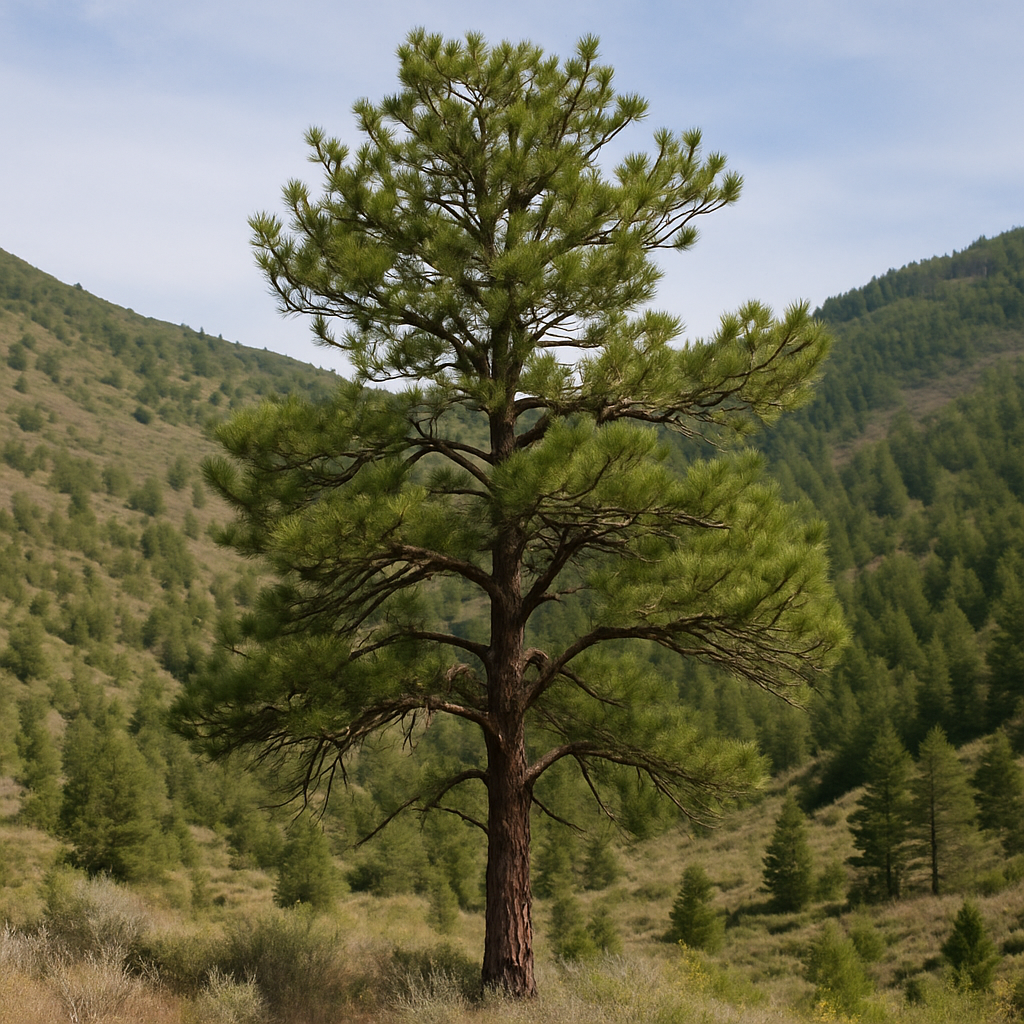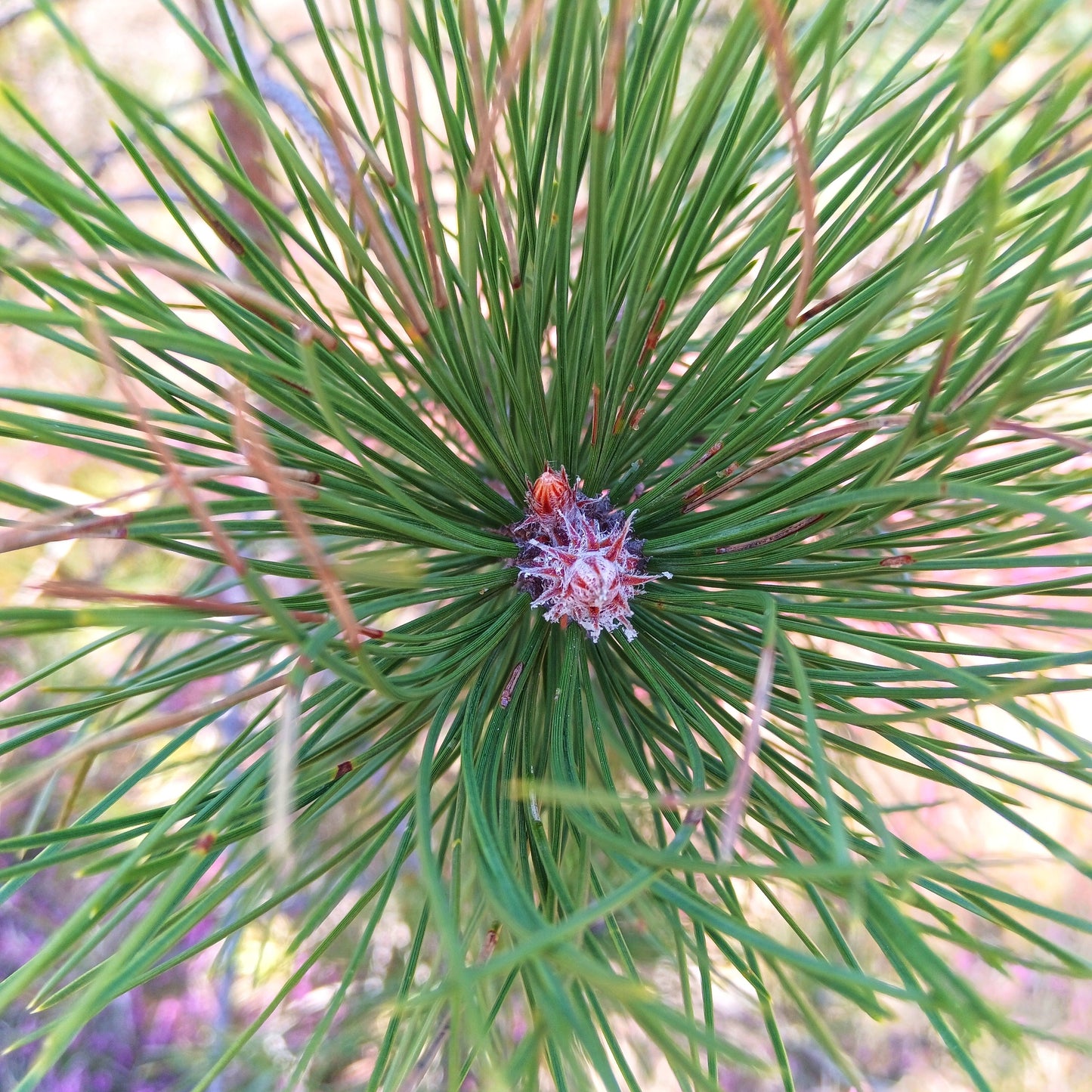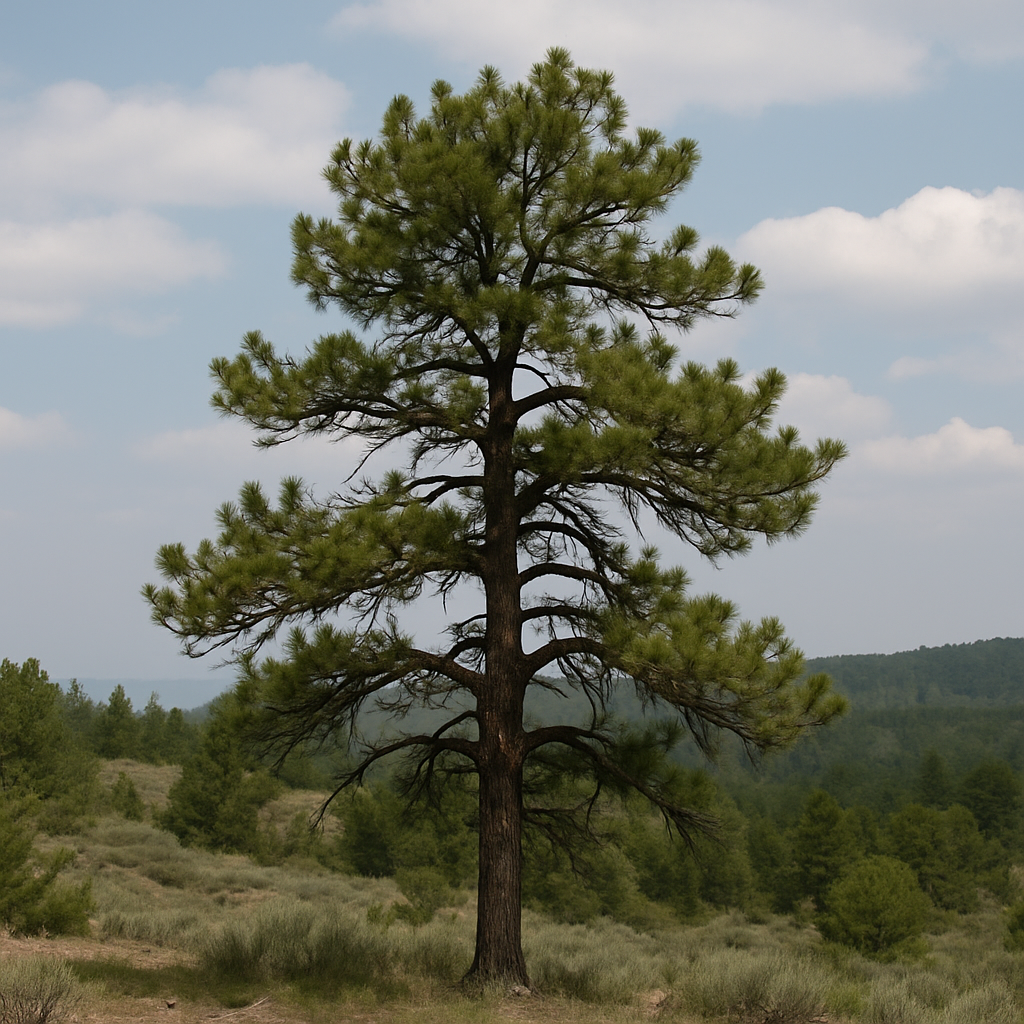Limited Quantities - Reserve Now For Fall
-
Intermediate Zones 4-7
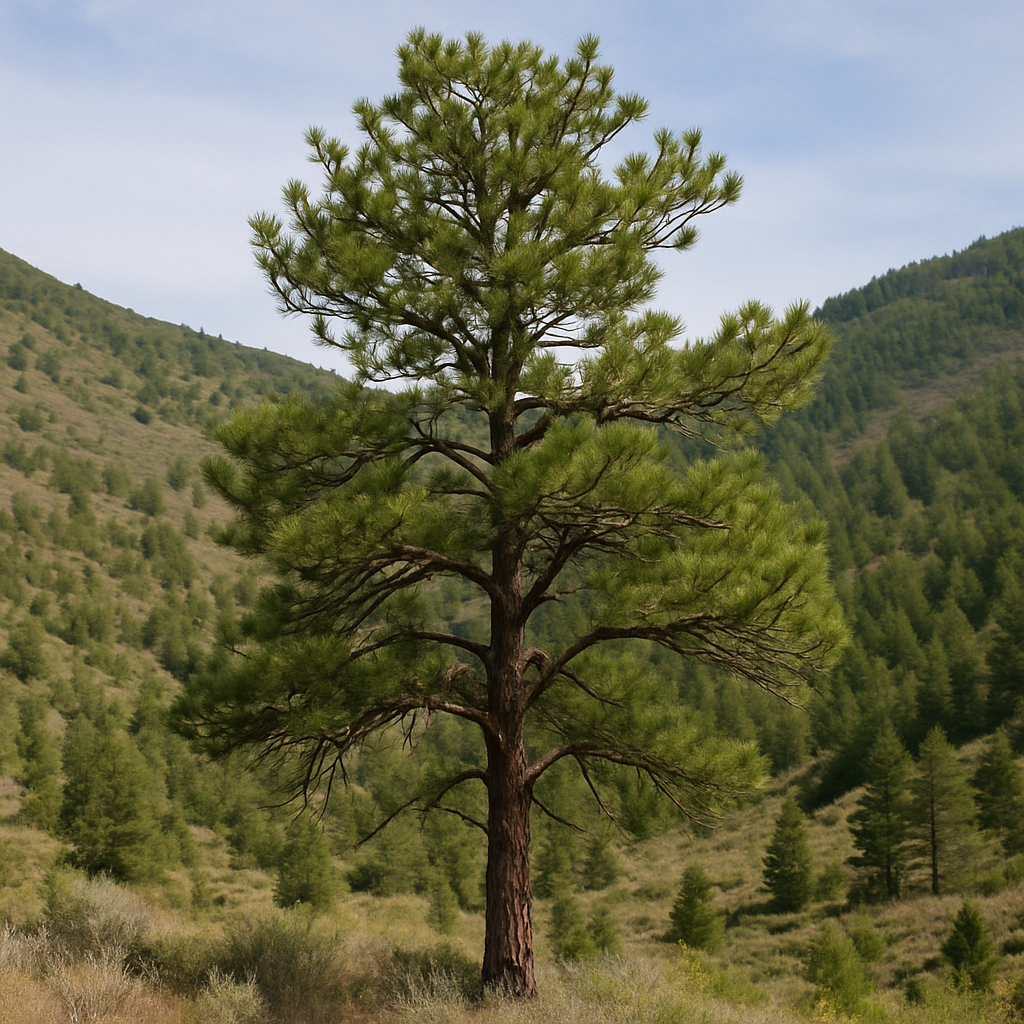
-
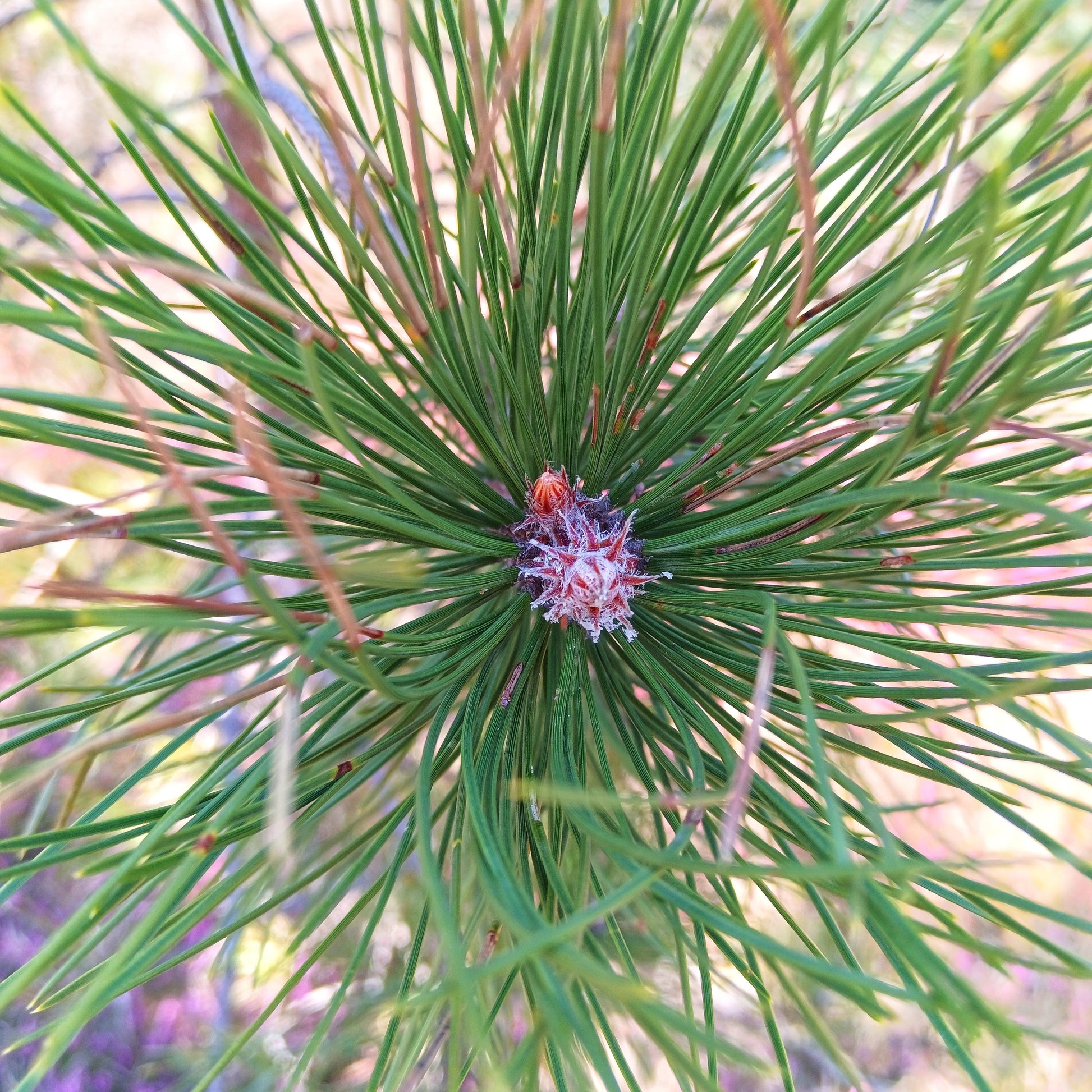
-
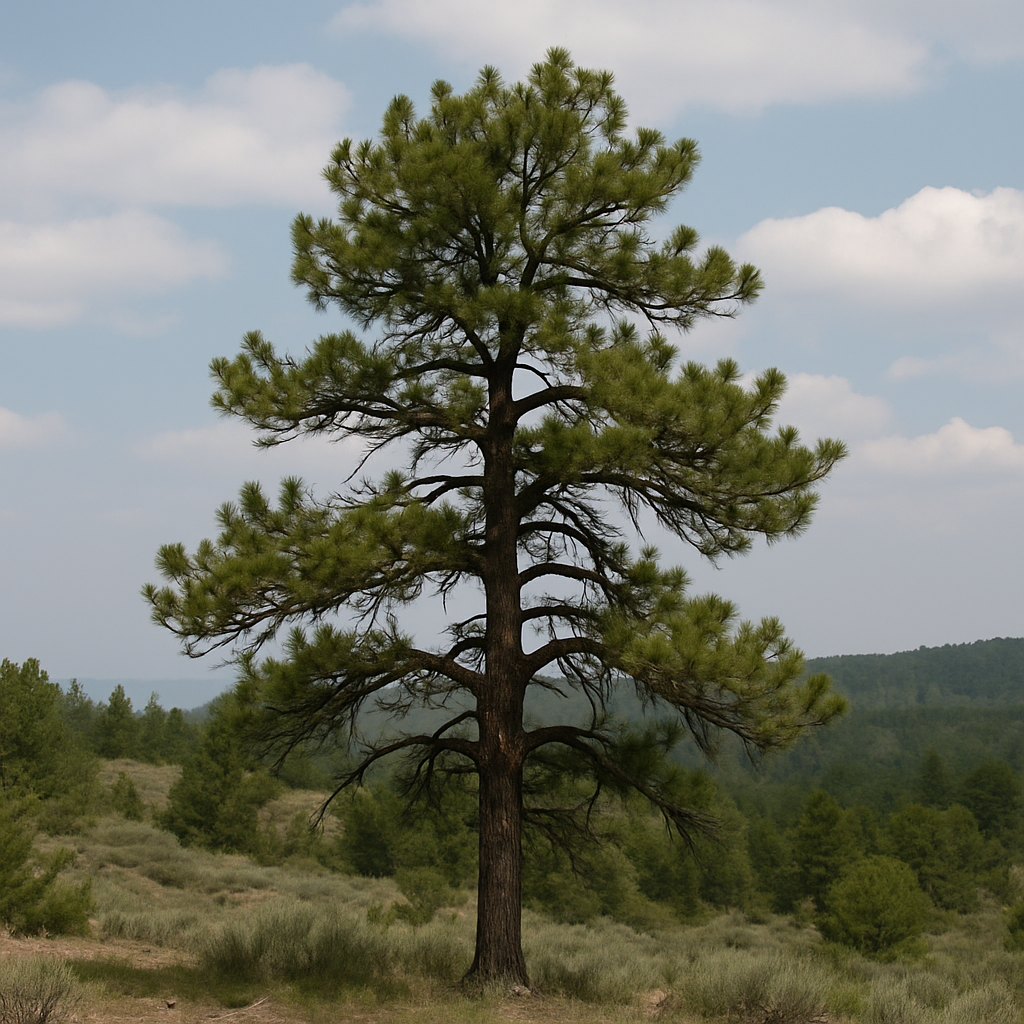
Table Mountain Pine
Table Mountain Pine
Couldn't load pickup availability
Pinus pungens
Table Mountain Pine Tree
The Table Mountain Pine is a rugged, slow-growing native pine prized for its unique appearance, twisted needles, and wildlife-friendly cones. Naturally found on rocky ridges and dry Appalachian slopes, this rare species is a beacon of resilience and ecological importance.
With its distinctive stout form, flaky bark, and persistence in poor soils, the Table Mountain Pine adds character and conservation value to any landscape restoration, native garden, or sloped property.
Table Mountain Pine Tree Overview
|
Attribute |
Details |
|
🌿 Botanical Name |
Pinus pungens |
|
🏷️ Common Names |
Table Mountain Pine, Hickory Pine, Prickly Pine |
|
🌳 Mature Height |
20–40 feet |
|
🌐 Mature Width |
15–30 feet |
|
📈 Growth Rate |
Slow (6–12 inches per year) |
|
⏳ Lifespan |
100+ years |
|
🧊 USDA Zones |
4–7 |
|
❄️ Chill Hours |
1,000–1,200 hours |
|
☀️ Sun Preference |
Full sun |
|
🧱 Soil Type |
Dry, rocky, sandy, or poor soils |
|
⚖️ Soil pH |
Acidic to neutral (4.5–6.5) |
|
💧 Water Needs |
Low; drought-tolerant once established |
|
🌸 Flower Color |
N/A – produces male and female cones |
|
🍒 Fruit Type |
Woody cones with sharp spines; persistent |
|
🐝 Pollinators |
Wind-pollinated; supports native fauna |
|
🌿 Growth Habit |
Broad, irregular crown; gnarled branches |
|
↔️ Spacing |
20–30 ft apart for windbreaks or groves |
|
🏡 Landscape Uses |
Dry slopes, restoration, native woodlands, bonsai |
|
🧹 Maintenance Level |
Very low |
Environmental Benefits
🌲 Supports native wildlife with persistent cones and cover
🦅 Provides nesting sites for birds like hawks and owls
🌱 Grows where few other trees can—perfect for erosion-prone slopes
🔥 Naturally fire-adapted, aiding forest regeneration
Pros & Cons
|
✅ Pros |
⚠️ Cons |
|
🌲 Extremely drought- and poor-soil tolerant |
🐌 Very slow growth rate; not for impatient growers |
|
🧬 Rare native species with conservation value |
🌿 Irregular form may not suit formal landscapes |
|
🔥 Fire-resilient and ecologically significant |
💧 Young trees need some watering during establishment |
|
🏔️ Ideal for tough, sloped, or rocky sites |
🌰 Large cones have sharp spines—can be hazardous near walkways |
|
🐦 Attracts and shelters native birds and mammals |
🌳 Not widely available in commercial nurseries |
Planting & Care Guide
🛁 Soak roots briefly before planting to hydrate
🕳️ Dig a wide, shallow hole to accommodate root flare
🌾 Mulch with gravel or bark to suppress weeds and retain moisture
💦 Water deeply the first year; allow soil to fully dry between waterings
✂️ Minimal pruning needed; remove only dead or damaged branches
🧪 Avoid high-nitrogen fertilizers; use low-input or natural amendments
The Table Mountain Pine Tree is a symbol of survival, thriving where others fail and offering a powerful presence in native gardens or reforestation projects. Whether planted for its rare beauty or for its role in ecosystem restoration, this pine stands as a resilient guardian of rugged terrain.
Share
